
Special Exhibit: How the Flu Epidemic of 1918 affected the people of Lehi
May 13, 2020Lehi Timeline of the Flu Epidemic of 1918-1920
Many families lost more than one member
Granddaughter shares recipe of plaster used to influenza in 1918
Andrew Fjeld’s daily journal entries during the epidemic
Newspaper articles give bird’s eye view of epidemic in Lehi and around the state
Epidemic of 1918 wreaked havoc in Lehi
Virus preyed on healthy, robbing young families of fathers, mothers, children
By Lara M. Bangerter
The Lehi Historical Society and Archives
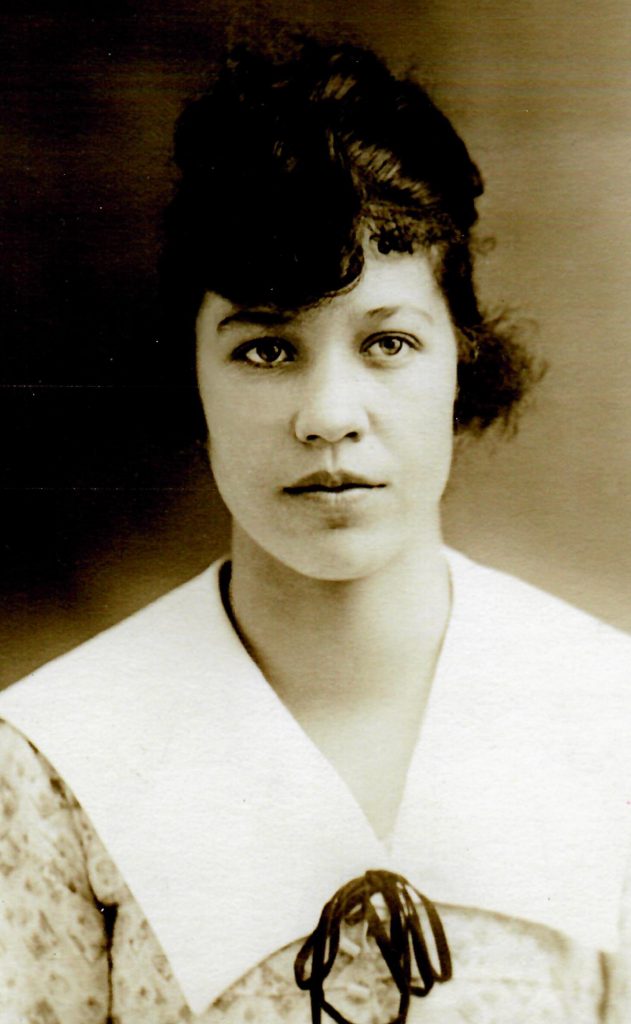
Irene Wanlass, the daughter of Jackson and Nellie Wanlass of 139 S. 100 East, attended a New Year’s Eve party at a lovely home in Lehi the night before coming down with the “Spanish Influenza.” Photo courtesy of Rhea Wanlass Lewis.
Irene Wanlass was the apple of her mother’s eye. The oldest of six children, she was her mother’s best helper. She was a good worker who helped with the cleaning and sewing. The Lehi High School senior played the coronet in the school band and took joy in playing the piano. It was December of 1918, and the flu epidemic had been raging around the world and in Lehi. But thankfully, the state of Utah had recently backed off a little on its restrictions for the holidays.
The Goodwin family, who had one of the most beautiful homes in Lehi at 400 North and 100 West, invited Irene to their New Year’s Eve party. Irene couldn’t have been more happy. World War I had recently come to an end, handsome soldiers were returning home almost daily and now an invite to a big party at one of the loveliest homes in town. The future was so bright.
It is unknown if anyone felt concern about the flu being spread at the party, but Irene went and the next morning she was terribly ill.
Whether it was the party or not, Irene had contracted the dreaded “Spanish Influenza,” which took the world by a stranglehold with three deadly waves from 1918-1920. Unfortunately, Utah was the third hardest hit state in the nation, and Lehi was spared none of it.
• • •
With today’s COVID-19 pandemic, it is appropriate to look back at similar times in history to gain perspective, hope and to see that we are not that far removed from the past. As we are doing today, Utahns during the 1918 flu epidemic were asked to stay at home, wear masks and separate their sick. At the same time people came together to help and support one another. And for the families who lost someone, like today, they will not be forgotten.
Worldwide, the 1918 flu epidemic is believed to have infected 500 million people or one-third of the world’s population, according to the Centers for Disease Control. While 50 million died around the world, it is estimated that 675,000 died in the U.S. Strangely, the virus, which was of the H1N1 strain, was often deadly for those 20-40 years of age. As it would be today, this was surprising. Viruses usually have their greatest effect on the very young and very old. It was believed that soldiers coming home from the war in Europe unknowingly carried the deadly flu.
Although the flu first reared its ugly head in the spring of 1918 in a military camp in Kansas, it did not officially reach Utah until Oct. 3, 1918, when Salt Lake City reported its first cases. On the weekend of Oct. 6, The Church of Jesus Christ of Latter-day Saints attracted hundreds of members from all over the state to Salt Lake City for its semi-annual General Conference.
The flu took hold like a match to dry brush. Almost instantly communities big and small all over the state began reporting cases of the influenza. Within a month, Salt Lake City reported 1,500 cases and 117 deaths while Ogden reported 2,628 cases and 73 deaths, according to the Spring 1995 Utah Historical Quarterly. On Oct. 12, the Salt Lake Tribune listed Lehi among 40 Utah communities reporting cases of influenza.
Salt Lake City and Ogden were hit the hardest—Salt Lake City because of its large number of visitors and Ogden because it was a major railroad junction and a destination for many servicemen and travelers.
Even though Lehi did not have the most cases, it does not diminish the experiences and losses felt here. We know at least 23 people died in Lehi between Oct. 3, and Nov. 12, 1918, thanks to a Salt Lake Tribune article. Unfortunately, there are no Lehi newspapers digitized for 1918. However, much of Lehi’s story can be pieced together through other Utah newspapers, family histories, Ancestry, cemetery records and the daily journal of Andrew Fjeld, the LDS bishop of the Lehi First Ward. From these sources, we can gather that Lehi buried at least 37 people who called Lehi home between October 1918 and March 1919.
Containment efforts began on Oct. 10, 1918, when the State Board of Health banned all public meetings and on Oct. 11, it advised that everyone should stay home and those taking care of the sick should wear a mask. Also on Oct. 12, The Salt Lake Herald-Republican reported that Lehi, population approximately 3,000, is among the cities whose “disease has assumed epidemic form … having an average of 25 cases.”
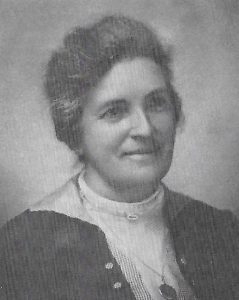
Louisa Munns Goates
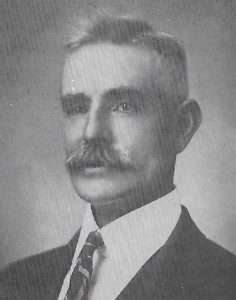
George Hyrum Goates
On Oct. 18, Lehi native George Hyrum Goates and his wife, Louisa, received a call no grandparent ever wants. Winter had come early that year. George and his son, Francis, were working to bring in their sugar beet crop before it froze in the ground. But when George’s second son, Charles, called to tell him his
9-year-old son, Kenneth, had died within hours of catching the flu, George dropped everything.
Charles, the manager of the farm at the State Industrial school in Ogden, needed his dad to take his son home to Lehi to be buried. When George arrived, he found Charles was also sick. Charles asked George to take his son home and then return for him the next day.
George went home, built a coffin and buried his grandchild with the help of Francis and two neighbors. Almost as soon as he was done another telephone call came. Charles was dead and four of his children were gravely ill. Within one week, Oct. 18-24, 1918, George and Louisa lost their son and three grandchildren ages 9, 7 and 5. George made a second trip to Ogden to bring back the remaining bodies so they could be laid to rest in Lehi.
Before George and Francis could get back to their harvest, the men from George’s LDS Church ward harvested every last beet he had. It is said that George did not cry in his family’s terrible ordeal until he saw that his crop had been brought in.
On Nov. 1, the Goates family lost to the flu a fifth family member, 23-year-old daughter-in-law Florence Sandback Goates of Lehi.
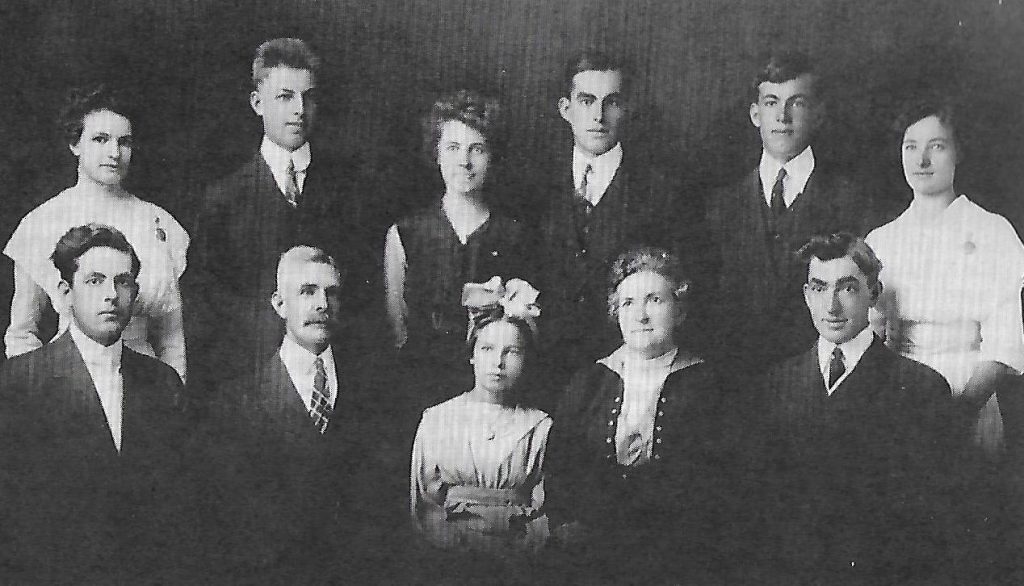
The George Hyrum and Louisa Munns Goates family: from bottom left, George Albert, George Hyrum, Lurleen Ventura, Louisa and Charles Hyrum Goates. Standing from left: Jane (Jennie) Munns, Francis Rayment, Emma, Leslie Floyd William and Hazel May Goates. The Goates lived at 240 S. 200 West in Lehi. Courtesy of Jayleen Wycherley.
Meanwhile, the virus worked its way through each of Andrew Fjeld’s six children, starting with his 15-year-old daughter who came home sick from the canning factory on Oct. 12. They moved her to a designated “sick” room in their home, as was commonly advised, in hopes of keeping her separated from the healthy. As more and more children became ill, Fjeld wrote one night, “Camping [at] home this evening. I enter the upstairs by way of a ladder now.”
As was also common, it’s likely that a “quarantine” flag was placed in their yard to warn others of sickness in the home. The doctor’s advice would have been to wrap the sick in warm blankets and quilts, get plenty of liquids, keep a window open for fresh air and apply mustard plasters to break up congestion caused by pneumonia.
“The doctors didn’t even know what to do for the flu,” said Rhea Wanlass Lewis, a niece to Irene Wanlass. The doctor “came to the home of the sick person wearing a mask to protect himself and wouldn’t even get close to the sick person.”
Ora Katherine Holmstead, the teacher at the small, one-room school at Saratoga, said that Dr. Fred Worlton came every day to look in on her sick, as recorded in a family history. Everyone in her family got the flu except for her. Ora became so exhausted taking care of her family that a neighbor, Miss Whalley, offered to tend her sick at night so she could get some rest. They did this for two weeks. In the end, no one in Ora’s family died.
On Oct. 26, Fjeld, who worked at the Lehi Sugar Factory, said, “I felt kind of dizzy headed this morning so I went down to the factory and counted the sugar. Posted up my reports [and] then came home. Dr. Worlton came to see me. Told me to take a big dose of phisic [sic] and go to bed. I followed the first part of the directions but skipped most of the other. Done a few odd jobs around the place, went to bed early. Mrs. Pearson died today of influenza. Bartle Turner’s third boy [Wendell], 19 years old, died yesterday.”
Fortunately, the next day, Fjeld felt better, and he continued to work, record deaths, participate in funerals and attend to the families left behind.
In November, just as it seemed the spread of the flu might be dying down, the Armistice to end World War I was signed, and the people could not be contained.
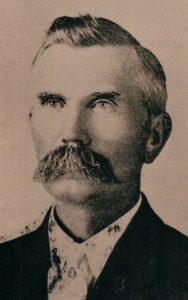
Andrew Fjeld kept a daily journal that has proved helpful time and again in clarifying Lehi history. He was born in Lehi in 1966, served as the Lehi First Ward bishop for more than 20 years and was Lehi’s patriarch for The Church of Jesus Christ of Latter-day Saints. He died in Lehi in 1955.
On Monday, Nov. 11, Fjeld said, “Soon after I got up this morning bells began ringing, guns firing and a general commotion broke out and when I phoned central as to what was the matter she informed me that the ‘official’ word was received that the Armistice had been signed by the Germans and General Foch and the great European war was at an end. The celebration continued all day, the stores were all closed and all those that had cars formed a long procession and visited the nearby towns while people from the other towns paid Lehi a visit. I worked until noon then came home and attended Kenneth Schow’s funeral. … A.B. Anderson and I were the speakers.”
As similar celebrations broke out all over the state, influenza cases spiked again. On Nov. 12, The Salt Lake Tribune reported 23 deaths in Lehi, “… however, [the disease] is on the wane, and apex of 200 cases has been reduced to about thirty at present.”
On Nov. 3, Fjeld wrote: “Worked this forenoon and at the cemetery this afternoon helping to lay away Otto Varney and Geo. L. Schow. …I said a few words and dedicated the grave [of Otto Varney]. …Quite a crowd were present. The funerals were held at 1 and 3 o’clock. In a way it is very amusing to see a large number of people together for most of them now wear a mask over nose and mouth to keep from catching the ‘flue.’ In many cases the mask is made like a bag which makes the individual look very funny and if it was not such a very serious condition one would laugh at the ludicrous sights one sees.”
By Dec. 20, with the flu dying down again and Christmas approaching, much of the state loosened its restrictions on theaters, pool halls and churches, although on that same day, Fjeld wrote, “… The quarantine regulations are still in force as there are no public gatherings of any kind at present.”
Finally, much like the LDS Church’s recent call for a worldwide fast on April 10, Fjeld wrote on Sunday, Dec. 22, “The First Presidency [of the LDS Church] issued a proclamation designating today as a special fast day to importune the Lord to banish the “flue” [sic]. I have been fasting all day and working at the factory as usual. I am glad of the chance to join in a general fast for so worthy an object. …”
• • •
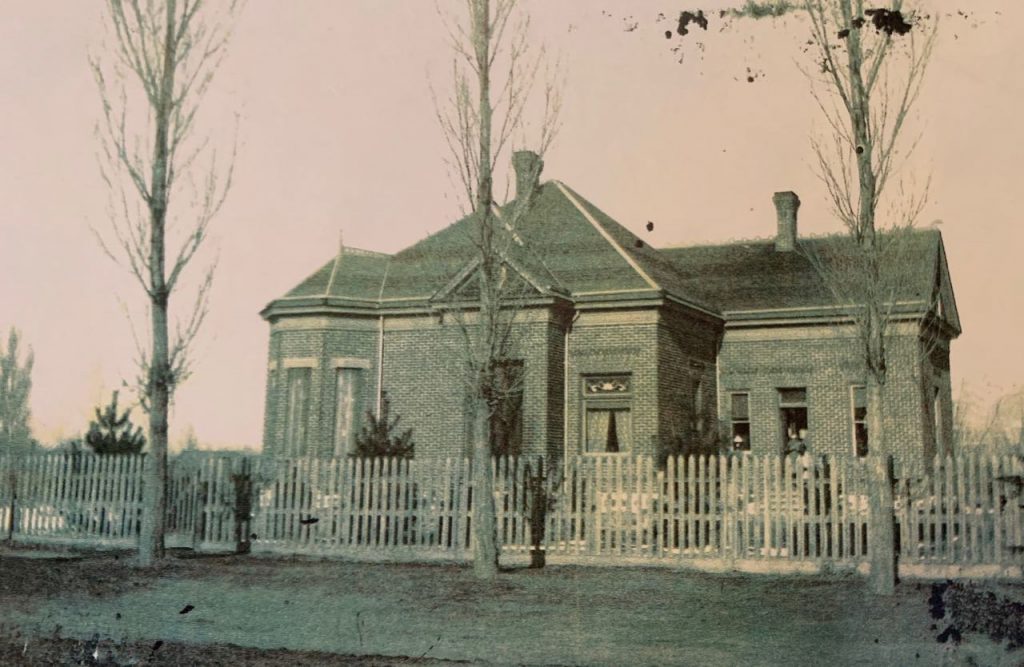
It was at this beautiful Lehi home at 100 West and 400 North that Irene Wanlass attended a New Year’s Party on Dec. 31, 1918. The next morning she woke up with the dreaded “Spanish Influenza.”
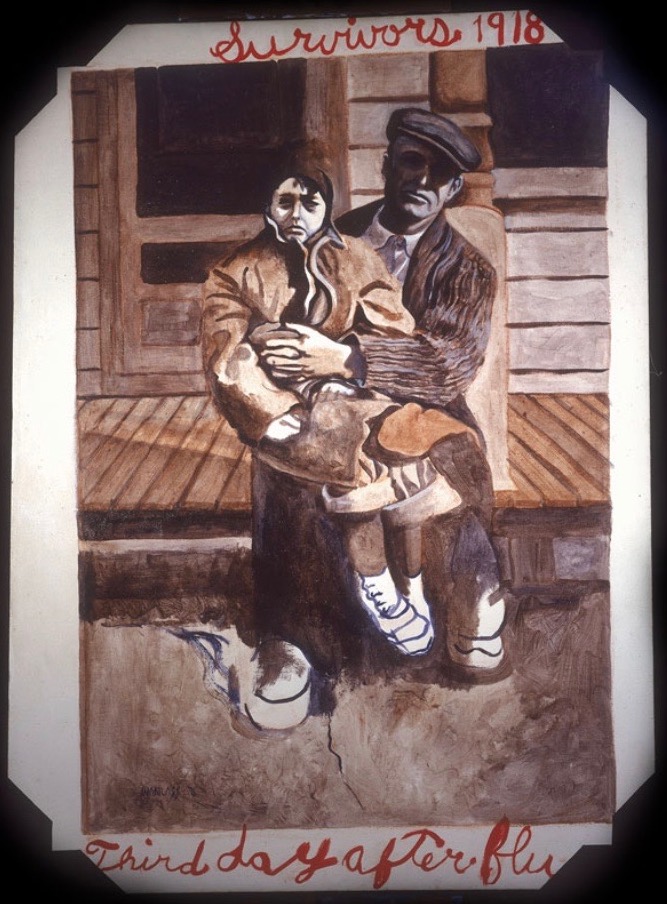
When Irene Wanlass died, her brother, Glen, on lap, and father, Jackson, were so sick they could not attend her funeral. This 1967 Stanley Wanlass painting of a photograph captures their sorrow on the “third day after the flu.” Stanley is the son of Glen Wanlass. Courtesy of Stanley Wanlass.
As Irene’s family began the scary journey of nursing her back to health, Fjeld wrote on Jan. 1, 1919, “… The “Flue” [sic] is breaking out in Lehi again. It is raging in P. Grove and just getting a good start in Am. Fork. We had hoped to start Sunday School and meetings next Sunday but not now.” On Jan. 3, the Salt Lake Telegram reported that Lehi schools were closed indefinitely as well as theaters, dance halls and church gatherings after, “the development of 20 new cases of influenza.” Irene Wanlass was likely one of those new cases.
On Jan. 7, Fjeld wrote, “At the factory all day. … went down to Freeman Royle’s where we met Harry Stewart, A.G. Schow, Herbert Taylor and Brother Royle and held a prayer meeting for the benefit of Irene Wanlass, Winnie Evans, Vervene Evans and Zeltha Zimmerman all of whom are sick with the flue.”
Irene’s parents, Jackson and Nellie Wanlass, did the best they knew. They wrapped up Irene and her younger brother, Glen, who had also become sick in warm quilts and blankets, applied mustard plasters of lard, dry mustard and turpentine to their chests and backs to break up congestion and made sure their children got plenty of liquids. They placed them in the living room away from everyone else and opened the window despite the frigid temperatures.
“Irene’s bed was directly under the window and so she probably had pneumonia in both lungs and that is why she died that night, and Dad lived,” said Kathryn Wanlass Knight, Lewis’ sister and Glen’s daughter, “because his bed was placed next to the hot, coal and wood burning stove. Grandpa always said that they froze Irene to death, and he was right.”
Irene died Jan. 9, 1919. Only her mother and brother, Ruel, attended her funeral as everyone else in the family was too sick.
Fjeld, who lost a sister but no children in the epidemic, spoke at Irene’s funeral on Jan. 13. He wrote: “Worked until noon and came up and attended Irene Wanlass’ funeral which left the undertaking parlors at 1 o’clock. Jas Anderson presided, Freeman Royle, B.J. Vance of Alpine and A.B. Anderson were the speakers. I spoke a few words and dedicated the grave. Went back to work again.”
Of those Fjeld and the other men prayed for on Jan. 7, three died—Irene, 18, Vervene, 24 and Zeltha, 19. Twenty-one-year-old Winnie lived. It makes one wonder if all of these young women of similar age attended the same New Year’s Eve party.
“When I was growing up and would visit with my grandparents, I would often look at the large photo of my Aunt Irene on top of their beautiful piano in their living room,” said Lewis. “Grandma would say that Irene was her and Grandpa’s daughter who died of the flu. Other than that I didn’t realize when I was young what a heartache it was for them to have lost a daughter at the age of 18. It would have been awful.”
If you have a family story to share or someone who died who should be added to our records/timeline, please let us know at lehihistory@gmail.com or at 801-768-1570. The Lehi Historical Society and Archives is currently closed due to COVID-19 but available by phone.





